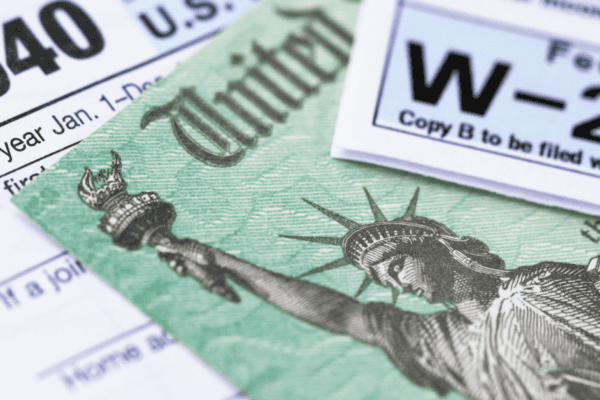David Swenson, the chief investment officer of the Yale endowment fund, has gained notoriety over the past several decades to manage the Yale endowment fund. In the early 1990s, he decided to place a gigantic chunk of the endowment into alternative assets like real estate, hedge funds, and private equity. The results were spectacular. From 2000 to 2012, Yale’s endowment returned about 12% annually while US stocks averaged 2% during the same period. Not only have other institutions followed suit, but so have individual investors. Retail mutual funds investing in alternative strategies have exploded, aided in part by the success of endowment funds like Harvard and Yale. Instead of being some fringe investment strategy, alternatives have become mainstream, with over $300 billion in these products.
While Yale has focused on alternatives, Norway has gone the opposite direction. Here is an article from 2013 in the WSJ:
Now, let’s turn to Norway. Its huge Government Pension Fund Global keeps roughly 60 percent of its assets in publicly traded stocks (half in the U.S.), 35 percent in bonds and up to 5 percent in real estate. How much does the Norwegian portfolio hold in hedge funds? Nothing. Venture capital? Nada. Commodities? Zip. Private-equity funds? Zero.
“The Yale model would not work for us,” says Norwegian spokeswoman Bunny Nooryani, because “the fund is too large to implement that type of strategy.” With two-thirds of $1 trillion to invest, building a meaningful portfolio of non-liquid assets would be far too cumbersome and costly. And yet the Norwegian fund has fared quite well. It has gained an annual average of 4 percent since 2000, or double the return on U.S. stocks. Since 2009, it has earned 4 percent annually, while Yale earned an average of just 1 percent a year.
The Norway portfolio is “diversified in everything,” says Antti Ilmanen, an analyst at AQR Capital Management in Greenwich, Conn., who serves on the fund’s advisory board. It owns shares in nearly 9,000 companies and holds approximately 1 percent of every significant stock on earth.
The Norwegian fund has another advantage, says Elroy Dimson, a finance professor at London Business School who also is on its advisory board. “Norway is willing to suffer a lot and do worse than other major investors when markets are going down,” he says. The giant fund loads up on smaller stocks and on so-called value stocks, which trade at lower prices in the short term. When markets fall, these companies tend to fall even farther—but that sets them up for higher performance in the long run, according to decades of research by Dimson and other experts.
Does anything sound familiar here? Extensive diversification, focus on small and value companies, low cost. This approach is the one touted by Greenspring on behalf of its clients. In fact, the nearly $1 trillion Norway Pension Fund is invested almost identically to Greenspring clients. It is somewhat comforting to know that the world’s largest institution has adopted the same approach. I thought it would be interesting to go back and see how things have fared for both institutions since the financial crisis and ensuing recovery. From June 30, 2007, to June 30, 2014, the Yale Endowment has averaged 5.71% per year. During that same period, the Norway fund has averaged 5.23%. A nearly identical return, but the Yale endowment has experienced 34% more volatility than the Norway Fund.
Before you take this data and assume that you can’t hurt yourself by investing in alternatives, please remember that Yale has $24 billion in assets and an investment office of 28 professionals working on this fund. That gives them significant access and leverage in pricing. Two factors that will be working against you. Also, there is a train of thought that Yale’s outperformance will be difficult to continue. Because so many institutions have followed their lead, their opportunities will not be as favorable due to other organizations competing for the same deals. Conversely, it is not that hard to invest like Norway. It can be done through mutual funds or ETFs and at a very reasonable cost. We believe Norway’s approach, which is certainly less sexy than Yale’s, will be the best alternative for investors in the future.



